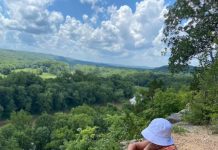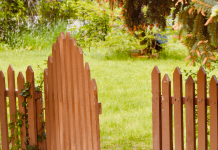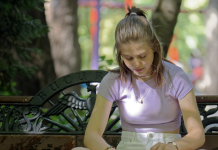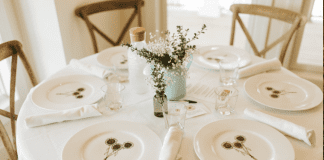Share these fun, independent science experiments with your kids!
My favorite activities to set up for independent play are what I like to call invitations to explore. Try these simple science ideas with your kids.
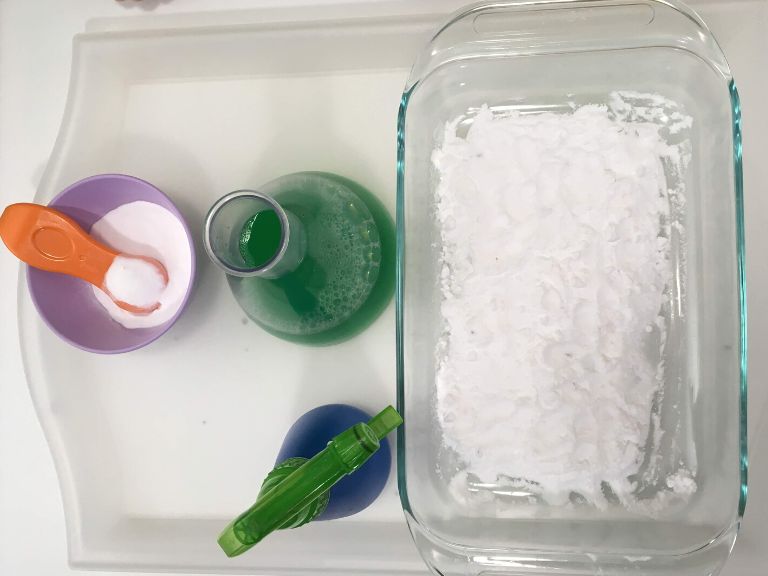
What is an Invitation to Explore?
You may have heard the terms invitation to play or provocations for learning from early childhood education, especially Reggio-inspired learning. The goal is to set up the materials in a way that invites children to play and learn. They build skills as they engage with the materials. Not a lot of interaction is required from you, the parent or caregiver.
An invitation to explore is very similar. I like to use the word “explore” to focus the activity. Children are making observations, testing out materials, and learning how things work by actively engaging with them. In science education, we often use exploration as a teaching tool before we explain concepts. I want my students to experience whatever we are discussing before we start adding vocabulary and explanations.
An invitation to explore looks like play because it is play. You can set up an invitation to play for any age – babies on up. Below I have examples of three invitations to explore that work for multiple ages.
4 Invitations to Explore
Observation skills are the earliest science skills that kids use. With babies and toddlers, modeling observation making is as simple as talking to them about what you see, hear, smell, touch, and taste. This is also a great way to work on vocabulary and language skills.
Sink or Float
Set up a large bowl of water. Let your child test different age-appropriate objects that you have selected.’
This one is great for the bathtub or outside water play.

Explore Ramps
Build a ramp, or use a slide.
Let your child test what objects will roll or slide down the ramp.
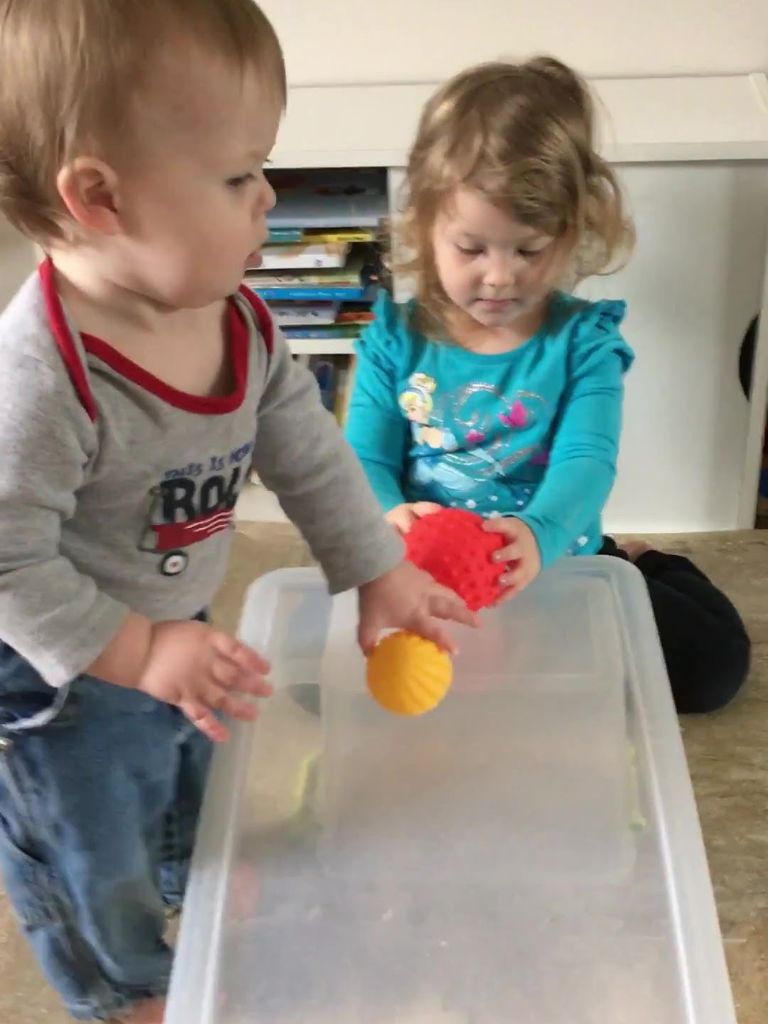
Measuring and Pouring Water
Fill a few buckets or containers with water. Place smaller containers, cups, and/or bowls nearby.
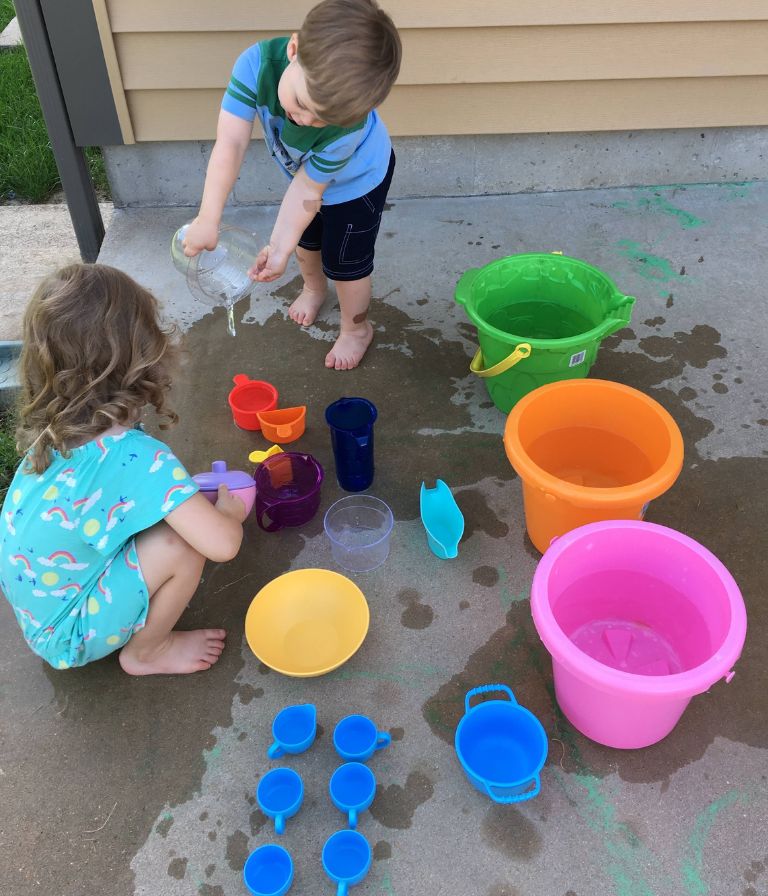
Your child will most likely be drawn to the setup and immediately start filling up the smaller containers. Encourage her to pour the water into different containers or from one container to another. You might need to talk to your child about not overfilling the containers (you want to save as much water as possible to avoid refilling).
Questions to Ask
- Which container holds more water?
- How many cups will fit into this container?
- How long does it take to fill this cup? (Count the seconds as you pour.)
- How high can you fill the container before it overflows? (Take a look at the top of the water to observe how it domes up.)
- Can you fill your measuring cup up to __? (Choose an amount to measure. Show your child how to use the lines on the measuring cup. If you don’t have a liquid measuring cup, you could draw lines on a clear container like a milk jug or soda bottle. Use a funnel to fill the container to the line of your choice.)
Pouring water from one container to another is a favorite pastime of kids everywhere. It provides a great opportunity to practice measuring skills, pouring skills, and learn a little about the properties of water.
This activity is perfect for outside, or take it to the bathtub.
Baking Soda and Vinegar Exploration
My absolute favorite invitations to explore involve anything with baking soda and vinegar. I have a ton of these activities on my blog if you’re interested. I’ll share the most basic one here with you. It’s best for toddlers and older.
Set up a container with vinegar and another one with baking soda. You can provide spoons, droppers, or spray bottles to change how the ingredients are combined. Encourage your child to mix the baking soda and vinegar together by adding one to the other.
In the photo below, I hid drops of color under the baking soda in the dish on the right. I added green color and a squirt of dish soap to the vinegar in the middle flask.
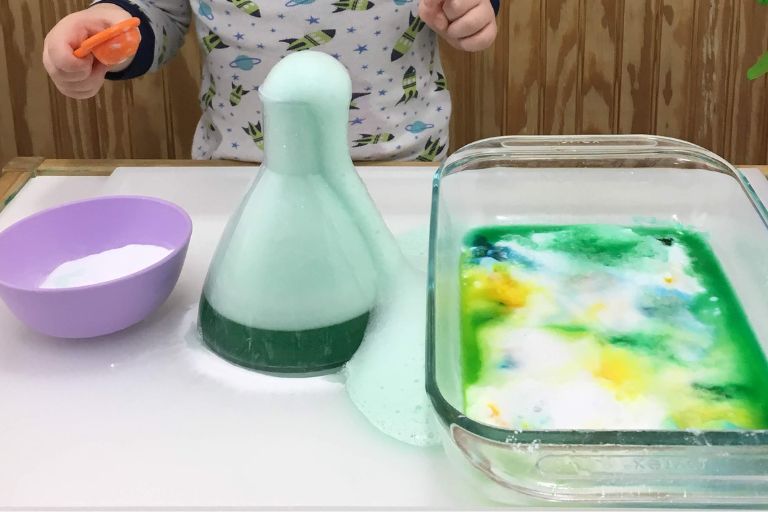
Which invitation to explore will you try first?



